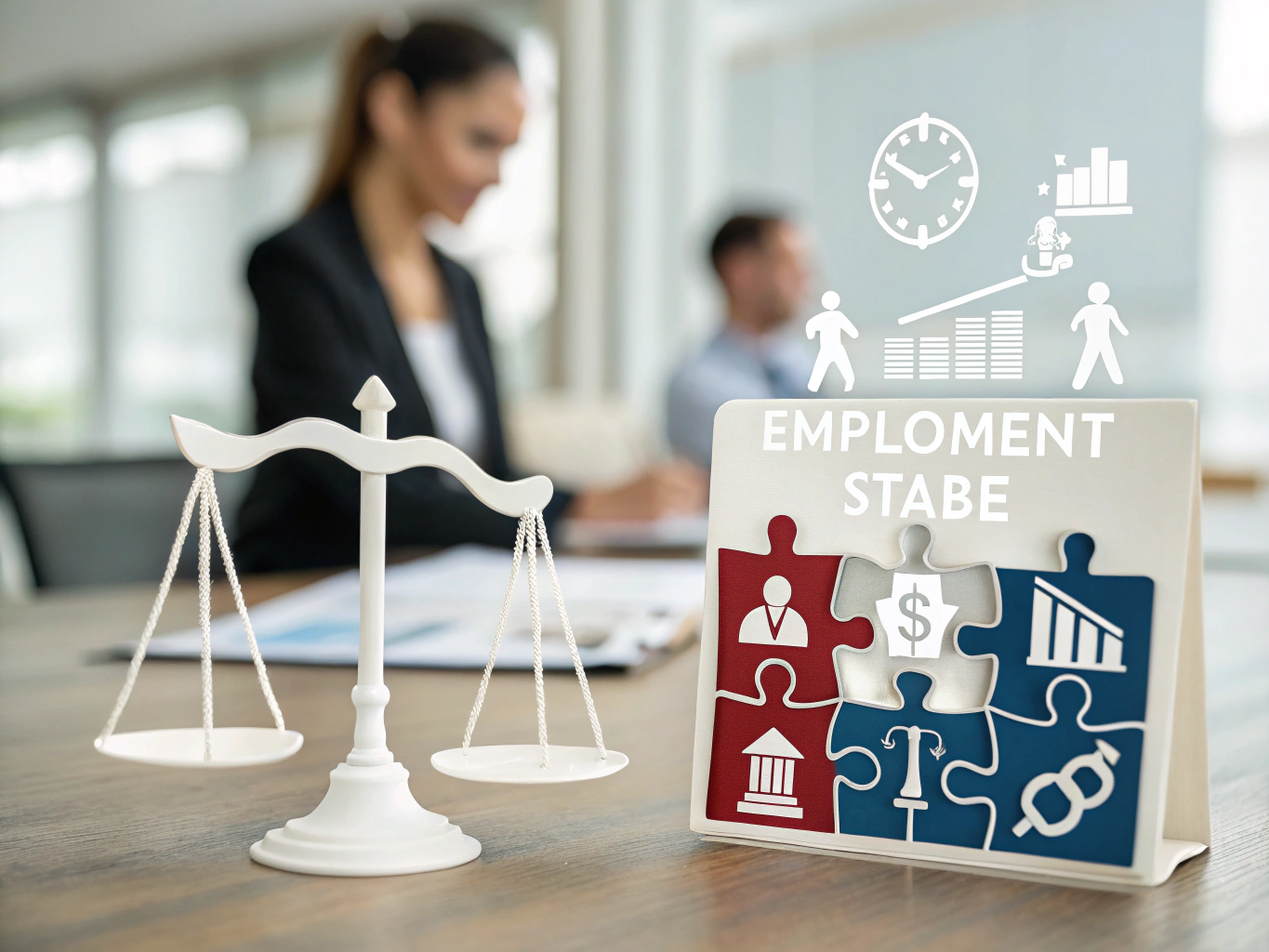Definition
Employment status is all about understanding your role in the workplace and the corresponding rights and responsibilities that come with it. It essentially defines your relationship with your employer, encompassing everything from your job title to the terms of your employment contract. Whether you’re a full-time employee, a part-time worker, or self-employed, your employment status shapes your work experience and the benefits you receive.
Key Components
When it comes to employment status, several key elements play a significant role in defining how you and your employer interact. Let’s break these down:
- Type of Employment: This is the foundation of your employment status. Are you full-time, part-time, temporary, or contractual? For instance, full-time employees often enjoy benefits like health insurance and paid leave, while part-time workers might not.
- Contractual Agreements: Your employment status is often outlined in a written contract, detailing your duties, work hours, and compensation. It’s crucial to read this carefully to understand your rights and obligations.
- Work Hours: The number of hours you are expected to work weekly can affect your benefits and responsibilities. For example, full-time typically means 40 hours a week, while part-time might be as little as 20 hours.
- Job Security: Employees usually have more job security than independent contractors or freelance workers. Understanding this can help you assess your financial stability and career trajectory.
- Tax Status: Your employment status can affect how you pay taxes. Employees typically have taxes withheld from their paychecks, whereas self-employed individuals are responsible for managing their own tax payments.
- Rights and Protections: Employees have specific legal protections, such as minimum wage laws, workplace safety regulations, and anti-discrimination protections. Knowing your rights can empower you in the workplace.
Importance in the Workplace
Understanding employment status is vital not just for employees but also for employers. It lays the groundwork for a healthy workplace relationship and ensures compliance with labor laws. For example, if a company mistakenly classifies a worker as an independent contractor instead of an employee, it could face significant legal and financial repercussions. Conversely, if an employee knows their rights, they can advocate for themselves more effectively, leading to a more harmonious workplace.
Best Practices
To navigate employment status smoothly, consider these best practices:
- Clarify Employment Terms: Always provide clear written contracts that outline the specifics of employment status, including job expectations, hours, and compensation. This helps avoid misunderstandings down the line.
- Regularly Review Employment Status: As business needs change, so might the employment status of your workers. Regularly assess whether an employee’s status accurately reflects their role and responsibilities.
- Educate Employees: Conduct training sessions to inform employees about their rights and responsibilities related to their employment status. Knowledge is power!
- Document Everything: Maintain accurate records of employment contracts, status changes, and any relevant communications. This will be invaluable in case of disputes or audits.
- Seek Legal Advice: When in doubt, consult with an HR professional or legal advisor to ensure compliance with labor laws and to understand the implications of employment status.
Legal Considerations
Employment status carries various legal implications that can impact both employees and employers. For example, misclassification can lead to penalties, back taxes, and lost employee benefits. In many jurisdictions, the law is clear about the definitions of employee, worker, and self-employed status, but these definitions can vary. Therefore, it’s crucial to stay informed about local labor laws and regulations to avoid legal pitfalls. Always ensure that your classification aligns with your operational reality and consult legal counsel if you’re unsure.
Conclusion
Understanding employment status is essential for creating a fair and compliant workplace. Not only does it clarify your rights and responsibilities, but it also helps employers manage their workforce effectively. By knowing your employment status, you can take charge of your career path, while employers can foster a positive work environment. So whether you’re hiring or being hired, take the time to understand this important aspect of the employment relationship—it can make all the difference in your work experience!




